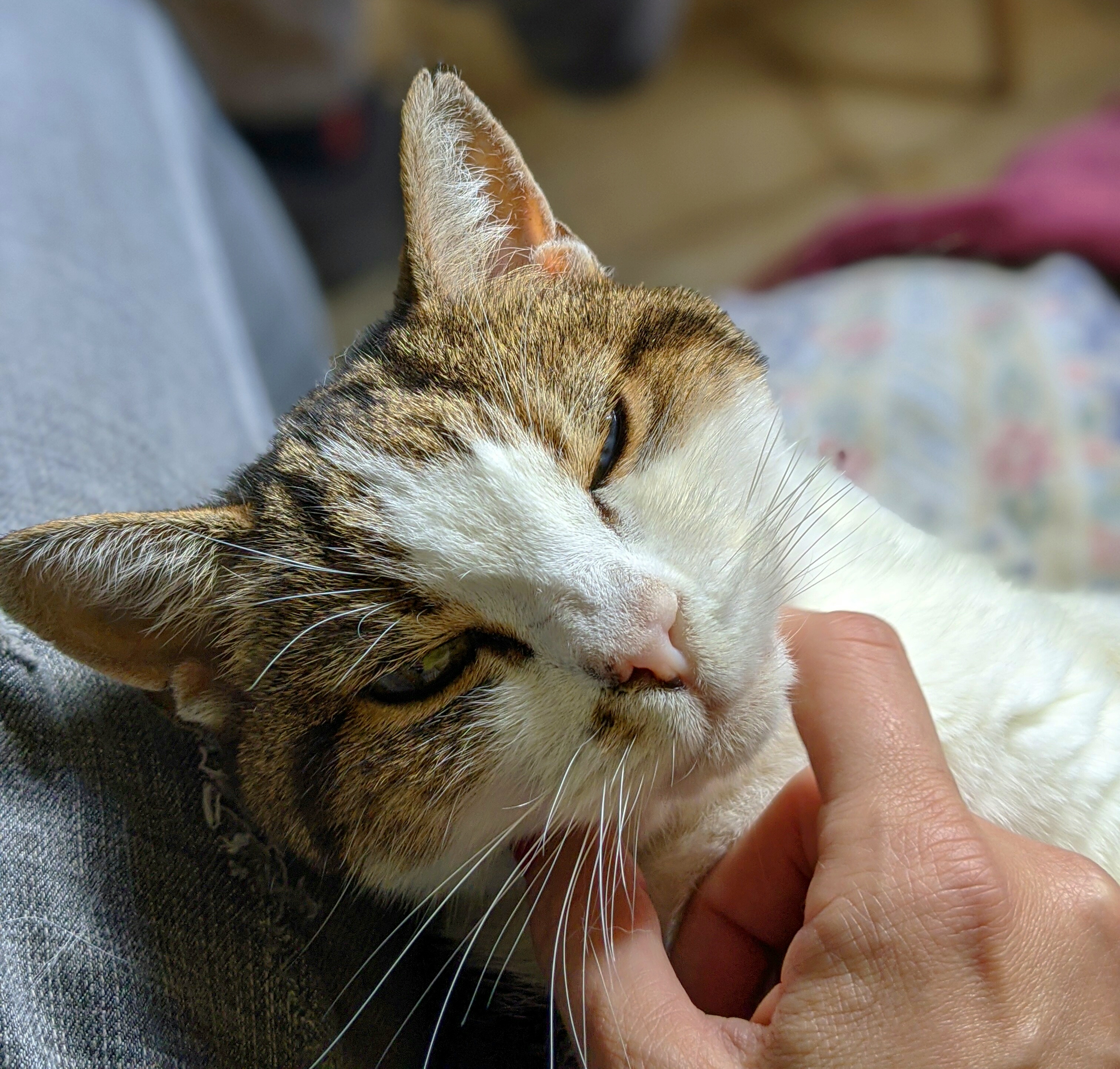Remembering Tilly
You can find my two previous Tilly posts here:
1. Titbit
2. Follow Up
When I first met Tilly, she was 10 years old and had recently had a negative experience with a dog friend behaving aggressively toward her, which shook her up and affected her behaviour.
I had the pleasure of walking, training, and rehabilitating Tilly, and eventually being able to socialise her with many other dogs (the way she was prior to meeting me, according to her owner). It is always a joy to help a dog back to who they were before a traumatic event – once trauma has happened you can’t undo it, but you can help them overcome it, and I am happy I was able to do this for Tilly.
Tilly and Rollo:








Tilly was the first doggo interaction our Rollo had as a pup, and he followed her around, bugging her for attention and loving being around her.
Tilly took a liking to some local dogs we met, out with their dog walker – she even seemed to have a sweet spot for a grumpy old male Yorkie mix, who seemed to like her sufficiently too! Dogs she was unsure of she soon settled around and was happy to roam within her friendship groups whilst out and about.
Tilly and friends:
















Tilly and Rollo even made friends with a lovely rescue dog from Romania, who didn’t usually accept outsiders into her family pack; Rollo seemed to hit it off well with her, and Tilly (being the other dog in Rollo’s pack) was welcomed in too.
Tilly did have a habit of seeing a pair of (human) legs and just following blindly, nose to the ground, assuming it was the human/ one of the humans she was with! My husband and I had to backtrack on more than one occasion to stop her stalking off, distracted, after a stranger!
Despite Tilly getting older and a bit stiffer, and with her eyesight and hearing deteriorating slightly, she was still keen to get out for walkies most days, albeit at a slower pace. She was such a happy dog and loving to all who came across her.
Tilly sadly crossed the rainbow bridge earlier this month and will be missed by all who knew her, and most of all, by her owner. Our Rollo still recognises the name “Tilly” when we’ve recently mentioned it, and I like to think he remembers something of her (even though he was so young when they were together). We will always treasure the memories of our tike with her, and we are grateful to have known her.
R.I.P. sweet girl 💕🐾🌈

























